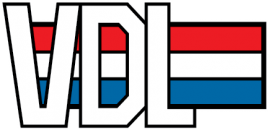Comfort 2.0
The Comfort 2.0 aviary system is an open, multi-tier system making optimal use of the space in a new or existing house. Perches, feed, and water are situated at different levels in the system to stimulate the natural behaviour of the birds.
